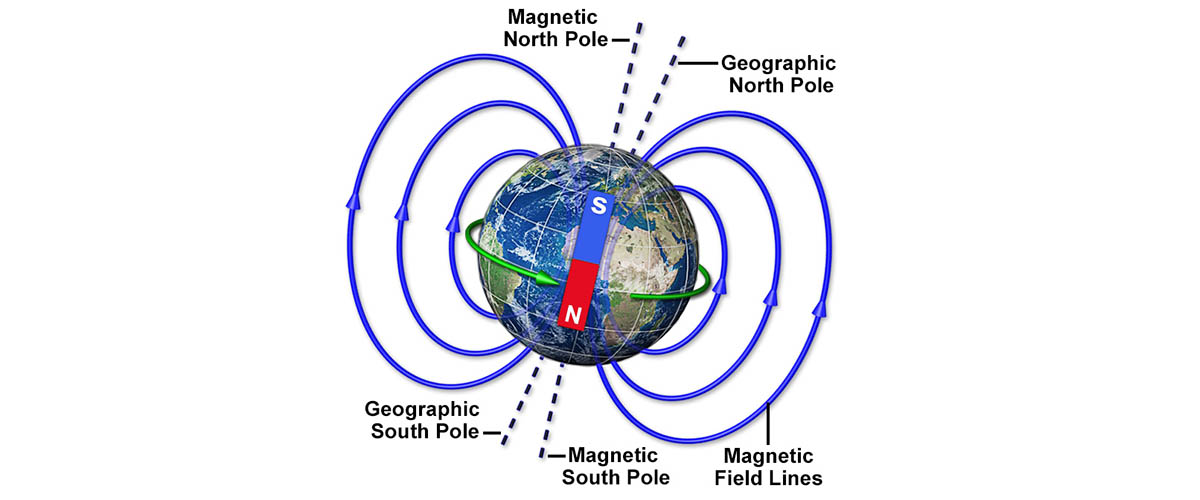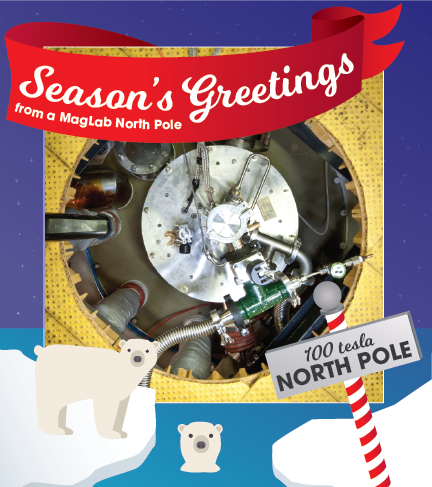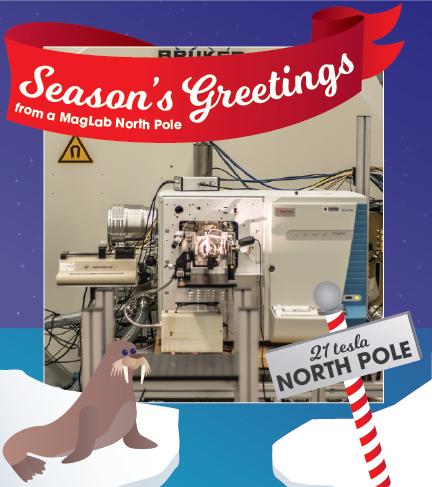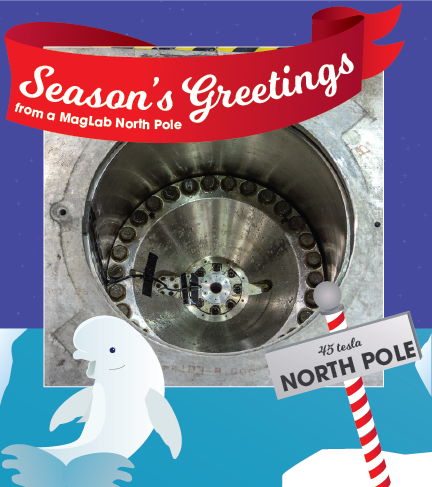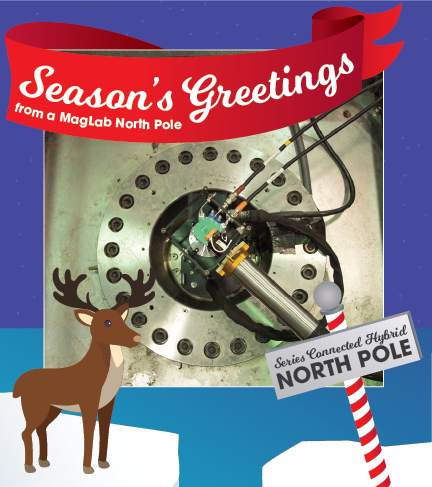Up at the top of this big, blue-green orb we call Earth, there's a geographic North pole and a magnetic North pole. But never the twain shall meet.
Not only are they two different places, hundreds of kilometers apart. But each pole is subject to wanderlust, constantly changing address like an outlaw on the run.
If that's not confusing enough, how about this: The Earth's magnetic North pole is really a south pole. (We know! It's as disturbing as learning Darth Vader's true identity!) But if you're a very slow learner, you're in luck: Thousands of years in the future, the magnetic poles will reverse, anyway.
It all sounds pretty shifty. And it is. Nonetheless, let's try to break this down.
Geographic North Pole
This one’s a little easier. It’s the tippy top of the globe. Follow any longitudinal line of your liking northward and that’s where you’ll end up (pack snowshoes). It’s in the middle of the Arctic Ocean and marks the spot where the imaginary line that is the Earth’s axis skewers the planet. The spinning Earth wobbles like a top, but because it's not a perfect sphere, the position of the North pole shifts several meters a year in a spiral-like pattern. Maps of this peripatetic behavior look like a toddler’s first attempt at drawing circles. Scientists say that climate change is accelerating these shifts because melting of Greenland’s ice sheet affects the wobbling of the polar axis.
Magnetic North Pole
The magnetic North pole is even more of a nomad, its wanderings measured not in meters but kilometers. According to recent surveys, it's been migrating north-northwest at a rate of 55 km per year. While it was in the Nunavut territory of Canada a century ago, it's now well into the Arctic Ocean and apparently headed for Siberia.
 Both the geographic and magnetic North poles are related to the rotation of the planet. As stated above, the geographic North pole marks the Earth’s rotation axis. That rotation also contributes to the churning up the Earth’s innards, made up of iron and iron alloys, some of it molten. But the churning is due primarily to the high heat inside the planet, which gets those liquids roiling and boiling. So charged particles are constantly moving, generating the magnetic fields that encircle our planet.
Both the geographic and magnetic North poles are related to the rotation of the planet. As stated above, the geographic North pole marks the Earth’s rotation axis. That rotation also contributes to the churning up the Earth’s innards, made up of iron and iron alloys, some of it molten. But the churning is due primarily to the high heat inside the planet, which gets those liquids roiling and boiling. So charged particles are constantly moving, generating the magnetic fields that encircle our planet.
Magnetic field lines have a vector. In the case of the Earth, those field lines emanate from the bottom of the planet, then reach out around the planet in an ovoid-like shape before circling back into the Earth through the opposite magnetic pole at the top of the planet.
Which, its official name notwithstanding, is actually the south pole of the 6,356 km-tall magnet we call Earth. Which explains why the north poles of compass magnets point toward it: Opposites attract. A south pole attracts a north pole.
So it's like this, kids. Although Santa's address up there in the Arctic Circle is, indeed, "The North Pole" (your letters have been reaching him, we promise), Saint Nick, in point of fact, resides atop the Earth's South magnetic pole (which, not to confuse things, is close to the North geographic pole.)
It's all enough to turn a body upside down. And, eventually, the Earth's magnetic field will flip upside down (or right side up, depending on your perspective). From studying rocks, geologists know that the Earth's magnetic field has reversed every few hundred thousand years.
Magnets: Big vs. Strong
All magnets we know of have north and south poles, from the Earth to fridge magnets to the electromagnets that help run so many of our appliances and devices. The Earth is the biggest magnet we'll ever interact with, but it's far from the strongest.
Although the planet's field is subject to change, its strength, as measured in a unit called gauss, is about, 0.5 gauss. That field has had a profound influence on the planet as a tool that both humans and migrating animals have learned to leverage. Yet a good-size refrigerator magnet is far stronger — about 100 gauss. And the electromagnets used for research at the National MagLab generate fields well into the hundreds of thousands of gauss. The world's strongest continuous-field magnet, located at the MagLab, creates (with the help of a whole lot of electricity) a magnetic field of 45 teslas (another unit of magnetic field strength), the equivalent of 450,000 gauss. And unlike the Earth, these magnetic fields flip a lot more easily and frequently. Scientists just change the direction of the electric current flowing through the magnet to swap the instrument’s poles. By subjecting things to very high magnetic fields, they learn new information about materials we build stuff with, how the human body works, what chemically complex things like petroleum and proteins actually look like.
Thanks to Prof. Munir Humayun for serving as the science advisor for this story.
Greetings from the MagLab's North Poles
The National MagLab is home to dozens of research magnets that scientists use to explore materials, energy and life. That means it's home to dozens of north poles! Below is a festive image gallery, created in the holiday spirit, celebrating just some of those poles.



